Related Research Articles

Samba is a name or prefix used for several rhythmic variants, such as samba urbano carioca, samba de roda, amongst many other forms of samba, mostly originated in the Rio de Janeiro and Bahia states.

The music of Brazil encompasses various regional musical styles influenced by European, American, African and Amerindian forms. Brazilian music developed some unique and original styles such as forró, repente, coco de roda, axé, sertanejo, samba, bossa nova, MPB, gaucho music, pagode, tropicália, choro, maracatu, embolada, frevo, brega, modinha and Brazilian versions of foreign musical styles, such as rock, pop music, soul, hip-hop, disco music, country music, ambient, industrial and psychedelic music, rap, classical music, fado, and gospel.
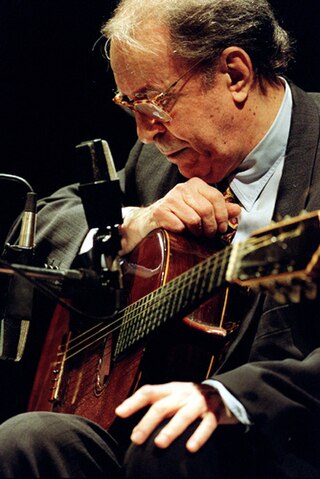
João Gilberto was a Brazilian guitarist, singer, and composer who was a pioneer of the musical genre of bossa nova in the late 1950s. Around the world, he was often called the "father of bossa nova"; in his native Brazil, he was referred to as "O Mito" . In 1965, the album Getz/Gilberto was the first jazz record to win the Grammy Award for Album of the Year. It also won Best Jazz Instrumental Album – Individual or Group and Best Engineered Album, Non-Classical. Nominated at the Grammy 1978 in the category Best Jazz Vocal Performance, album Amoroso, and winner category in Grammy 2001 with João voz e violão Best World Music Album.

"Garota de Ipanema", "The Girl from Ipanema", is a Brazilian bossa nova and jazz song. It was a worldwide hit in the mid-1960s and won a Grammy for Record of the Year in 1965. It was written in 1962, with music by Antônio Carlos Jobim and Portuguese lyrics by Vinícius de Moraes. English lyrics were written later by Norman Gimbel.

Egberto Amin Gismonti is a Brazilian composer, guitarist and pianist.

Antônio Pecci Filho, better known as Toquinho, is a Brazilian singer and guitarist. He is well known for his collaborations, as composer and performer, with Vinicius de Moraes.

Luiz Gonzaga do Nascimento was a Brazilian singer, songwriter, musician and poet and one of the most influential figures of Brazilian popular music in the twentieth century. He has been credited with having presented the rich universe of Northeastern musical genres to all of Brazil, having popularized the musical genre baião and has been called a "revolutionary" by Antônio Carlos Jobim. According to Caetano Veloso, he was the first significant cultural event with mass appeal in Brazil. Luiz Gonzaga received the Shell prize for Brazilian Popular Music in 1984 and was only the fourth artist to receive this prize after Pixinguinha, Antônio Carlos Jobim and Dorival Caymmi. The Luiz Gonzaga Dam was named in his honor.

Luiz Floriano Bonfá was a Brazilian guitarist and composer. He was best known for the music he composed for the film Black Orpheus.

The viola caipira, often simply viola or brazilian viola, is a Brazilian ten-string guitar with five courses of strings arranged in pairs. It was introduced in the state of São Paulo, where it is widely played as the basis for the música caipira, a type of folk-country music originating in the Caipira country of south-central Brazil.

Rita Lee Jones was a Brazilian singer, songwriter, multi-instrumentalist, presenter, actress, writer, and activist. Known as the "Queen of Brazilian Rock," she sold more than 55 million records, making her the most successful female artist by record sales in Brazil and the fourth overall, behind Tonico & Tinoco, Roberto Carlos, and Nelson Gonçalves. She built a career that started with rock but over the years flirted with various genres, such as psychedelia during the tropicalia era, pop rock, disco, new wave, pop, bossa nova, and electronic, creating a pioneering hybrid between international and national genres.
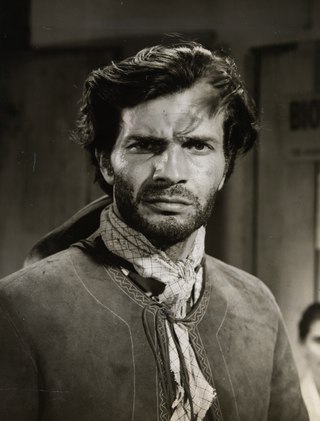
Tarcísio Pereira de Magalhães Sobrinho, known professionally as Tarcísio Meira, was a Brazilian actor.

Cornélio Pires was a Brazilian journalist, writer, composer, film director, and folklorist.

Zé Ramalho is a Brazilian composer and performer. Zé Ramalho has collaborated with various major Brazilian musicians, including Vanusa, Geraldo Azevedo and Alceu Valença.
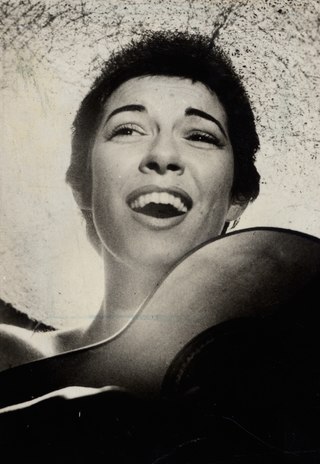
Ignez Magdalena Aranha de Lima Barroso was a Brazilian sertanejo singer, guitarist, actress, TV presenter, librarian, folklorist and teacher.
Música sertaneja or sertanejo is a music style that had its origins in the countryside of Brazil in the 1920s. Its contemporary developments made it the most popular genre in the country, particularly throughout the southern, southeastern, and center-western interior. Subgenres include sertanejo raiz, sertanejo romântico, and sertanejo universitário.
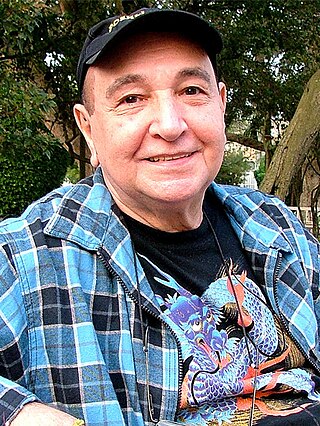
João Donato de Oliveira Neto was a Brazilian jazz and bossa nova pianist as well as a trombonist from Rio Branco. He first worked with Altamiro Carrilho and went on to perform with Antonio Carlos Jobim and Astrud Gilberto. Because of the area he grew up in Brasil he was able to hear Cuban music on the radio. This influence would manifest itself in many of his compositions, piano, and trombone playing. Donato's most well-known compositions include: "Amazonas", "Lugar Comum", "Simples Carinho", "Até Quem Sabe" and "Nasci Para Bailar".
Sergio Bavini, known as Sérgio Reis, is a Brazilian sertanejo singer, actor and politician. He has sold approximately 16 million copies of his more than 40 album releases.
Tonico e Tinoco were a Brazilian música sertaneja duo from the state of São Paulo, composed of brothers Tonico and Tinoco, they are regarded among the most famous and prolific artists in sertanejo. With their first hit single, "Chico Mineiro" (1946), they were named "A Dupla Coração do Brasil". They performed more than 40,000 times between 1935 and 1994, recorded more than 1,000 songs and sold over 150 million albums despite never performing outside of Brazil.
"Na Baixa do Sapateiro" is a famous Brazilian song, written by Ary Barroso. Its title comes from a street in Salvador, Bahia, where many cobblers once worked. It was originally released in 1938 as the B side to Salada Mista, which did not achieve the same level of success. This first recording was sung by Carmen Miranda with Orchestra Odeon. She never released the song on disc in the United States. The song was originally going to be featured in the Carmen Miranda film Banana da Terra (1939), but was replaced with "O Que É Que A Baiana Tem?", because of the high license fee demanded by Ary Barroso to use his song. However the song has been recorded many other times by a large number of artists. The song gained international fame when it was featured in the Disney film The Three Caballeros (1944).
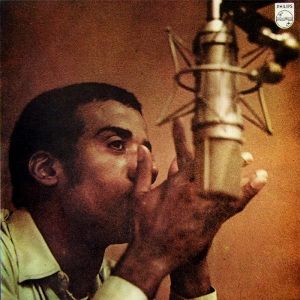
Fôrça Bruta is the seventh studio album by Brazilian singer-songwriter and guitarist Jorge Ben. It was recorded with the Trio Mocotó band and released by Philips Records in September 1970. Conceived at a time of political tension in dictatorial Brazil, its title comes from the Portuguese term meaning "brute force" and has been interpreted ironically due to the music's relatively relaxed style.
References
- Raul Torres at Allmusic.com